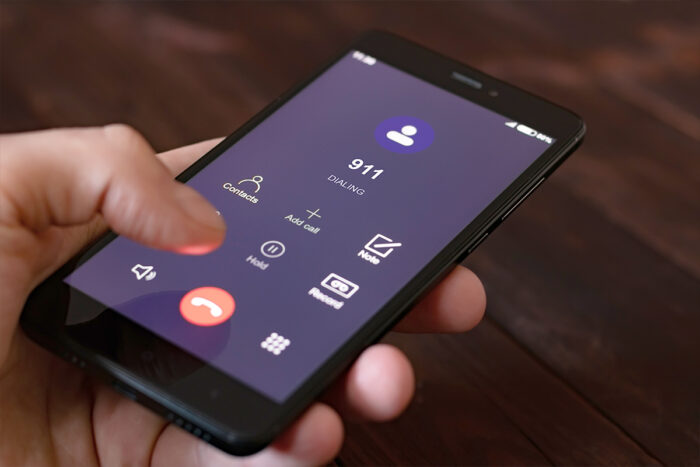Fire Safety
Cooking and heating are the leading causes of home fires and fire injuries, and winter months are the peak time for fire-related deaths. Other top causes of fire include smoking, electrical problems and candles. Learn how to minimize fire risk and keep your family safe.

Create a home fire escape plan and practice it regularly with your family.
The Facts
At least one child dies from a home fire every day.
In one hour, about 16 children will sustain injuries from fires or burns.
Nearly 87% of fire-related deaths are due to home fires which spread rapidly through the home, leaving families as little as 2 minutes to escape once an alarm sounds.
Negligence, equipment malfunction, and lack of knowledge about fire safety are the most common reasons for most accidental home fires.
Did You Know?
Fire and burn related injuries are among the leading 10 causes of unintentional injury in children ages 0 to 5, with children 2 and younger at greatest risk. Every day, 300 children ages 0 to 19 are treated in emergency departments for burn-related injuries.
Safety Tips

Make sure there is a working alarm on every level of your home. Check inside bedrooms and near sleeping areas.

Test smoke alarms every month to ensure the batteries are still working.

Replace smoke alarms every ten years.

Create and practice a home fire-escape plan, and practice a home fire drill at least twice a year. Ensure your family can execute the plan in two minutes or less!

Be aware of fire hazards in your home.
Unplug small appliances when not in use, like toasters, toaster ovens and slow cookers.
Keep candles at least 12 inches away from anything that can burn. Blow them out when you leave the room or before you go to sleep.
Choose the right wood for your fireplace. Burn only dry, seasoned wood and avoid burning trash in your fireplace.

Teach kids never to play with matches and lighters. Make a habit of placing these items up and away, out of reach and sight of young children.

If there is a fire, leave your home, and call 911 once you are a safe distance away. Do not go back into a burning home for any reason.
Burns and Scalds

One of the ways young, curious children learn about their surroundings is through their sense of touch.
Sometimes their explorations can lead to reaching out and touching hot objects or surfaces, resulting in an injury. Because young children are still developing, they have thinner skin than adults which can result in more serious injuries from a burn or scald.
Top Tips to Prevent Burns and Scalds in the Home
Create a kid-free zone.
Teach younger children to stay at least 3 feet away from your cooking space. If you need to watch babies while cooking, place them in a highchair outside of the kid-free zone where you can see them.
Keep hot objects out of children’s reach.
Cook on the back burners of the stove and turn pot handles away from the edge. Keep hot foods and drinks away from the edge of your counters and tables.
Teach older children how to cook safely.
Make sure they don’t leave the kitchen while cooking and use oven mitts or potholders to carry hot pots and pans.
Check bathwater temperature
Before placing your child in the bath, check the water temperature using the inside of your wrist. The water should feel warm to the touch, not hot.
Watch children around fireplaces
Make sure your fireplace is protected by a sturdy
screen.
Keep children away from gas fireplaces to prevent burns from the glass.
When a gas fireplace is turned on, the glass is extremely hot and can take more than an hour to cool down after it is turned off.



